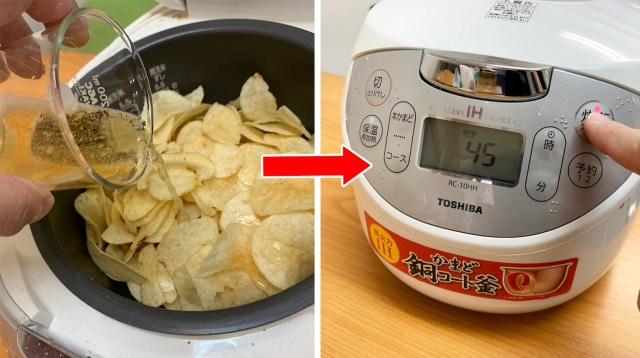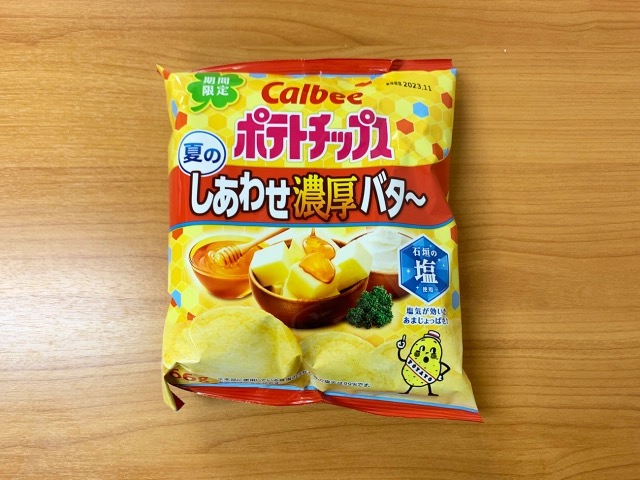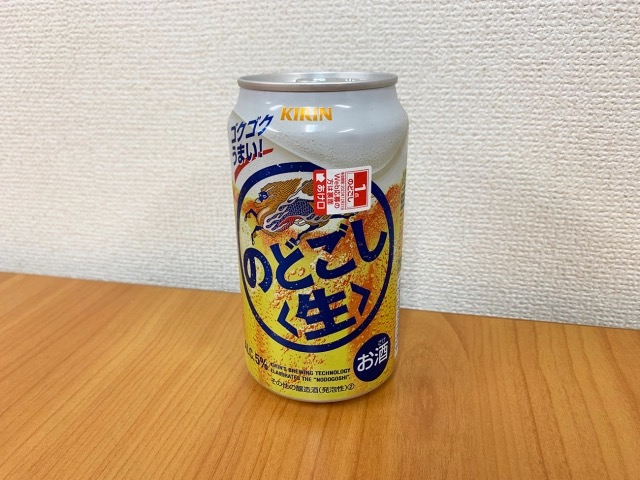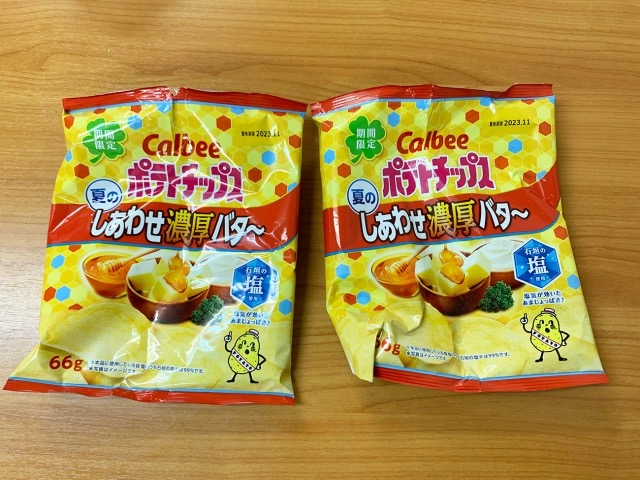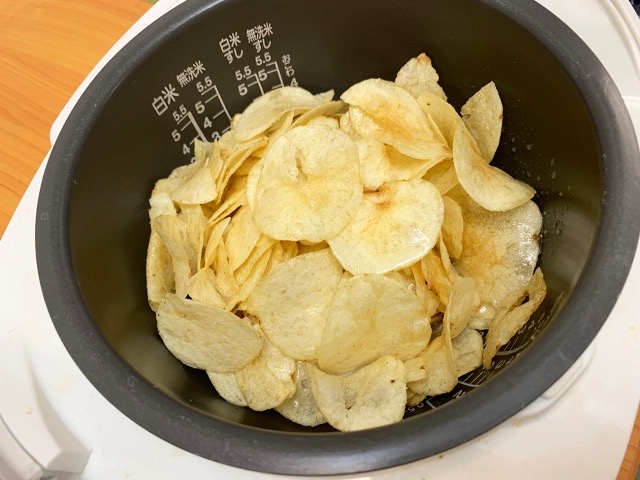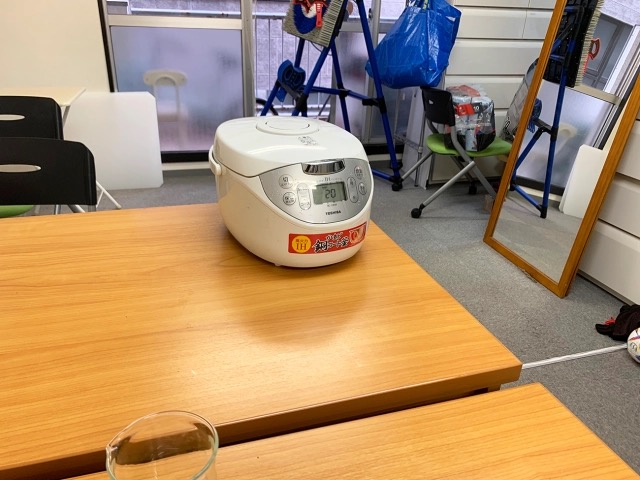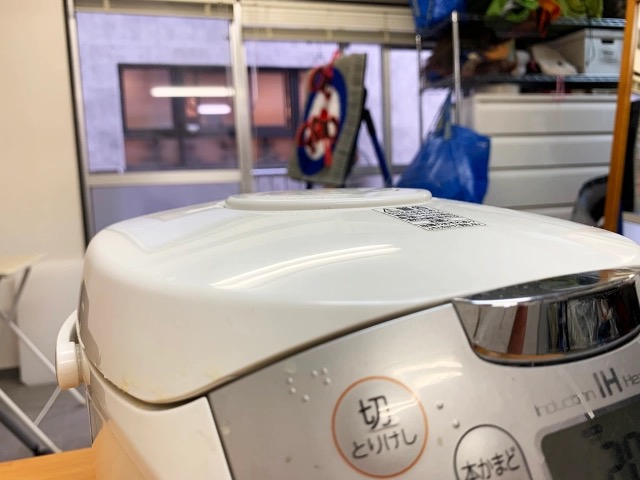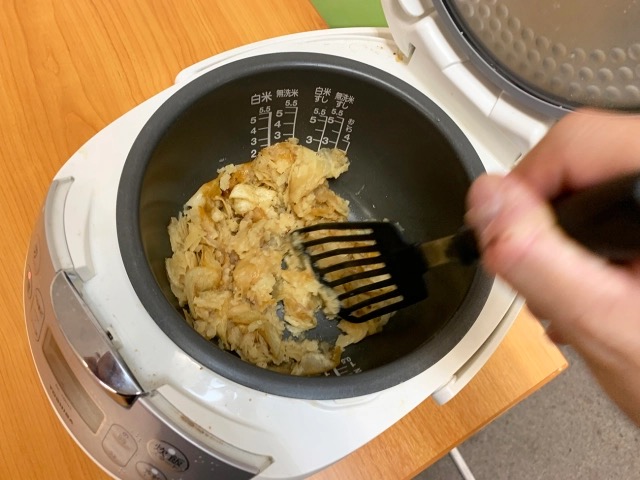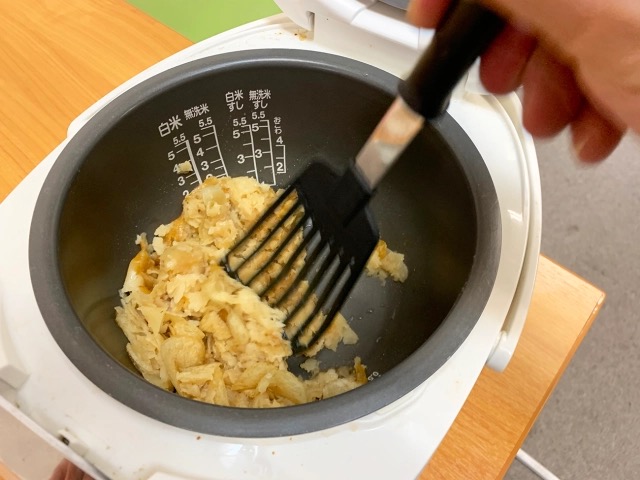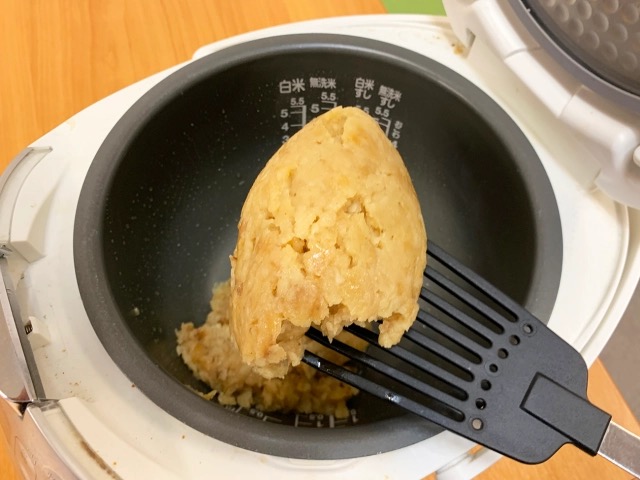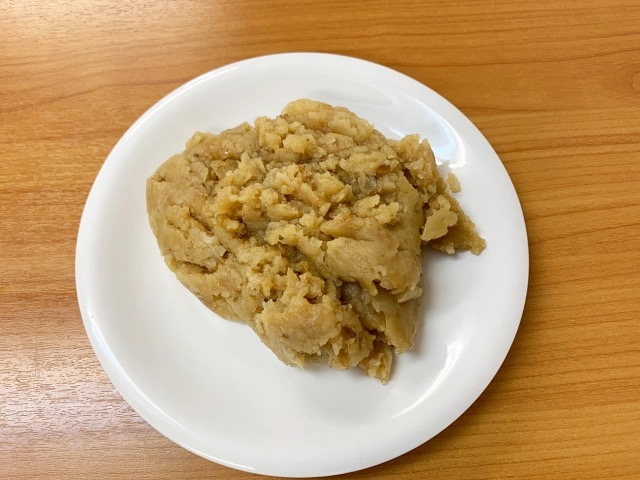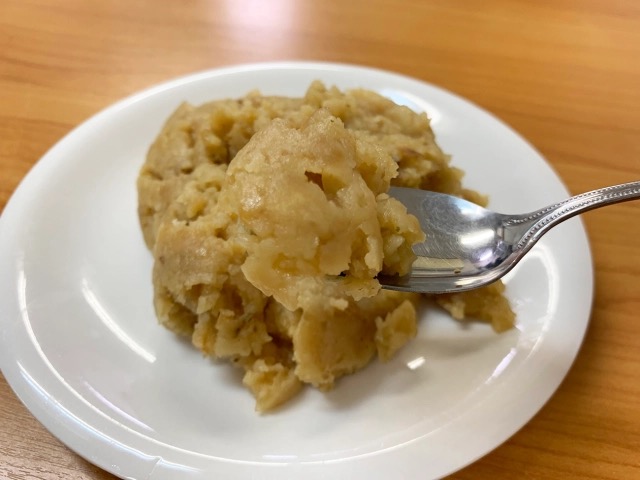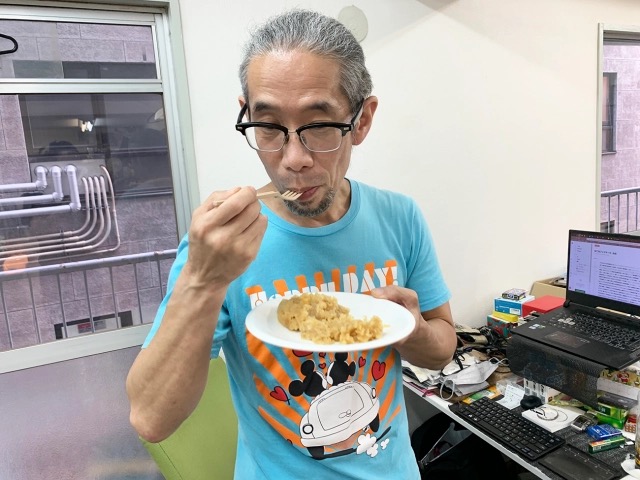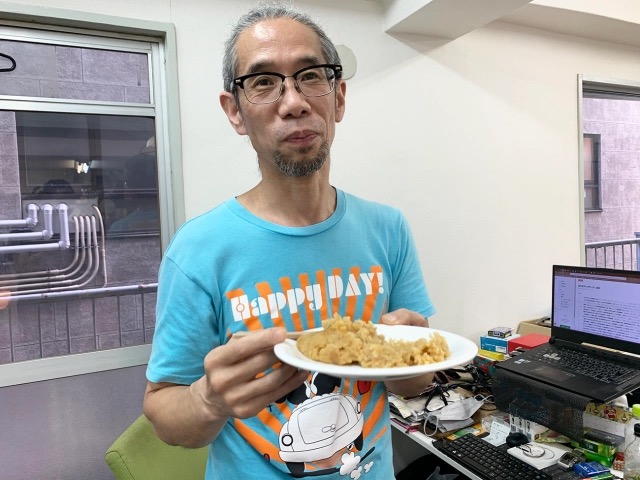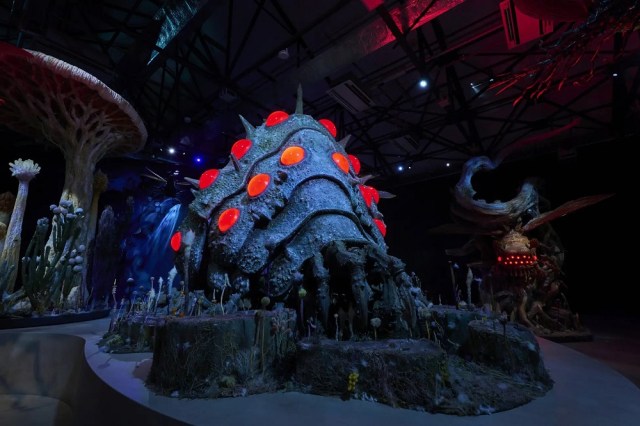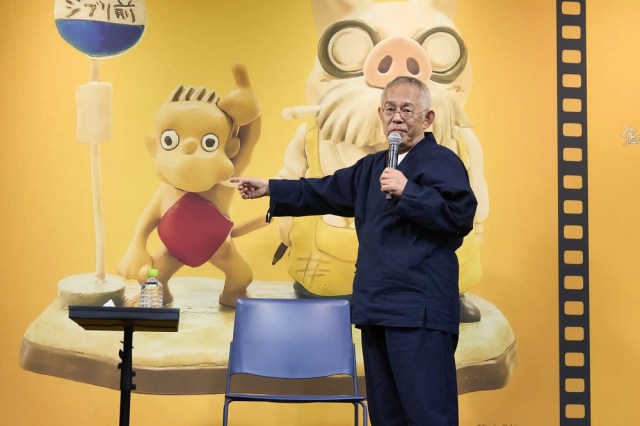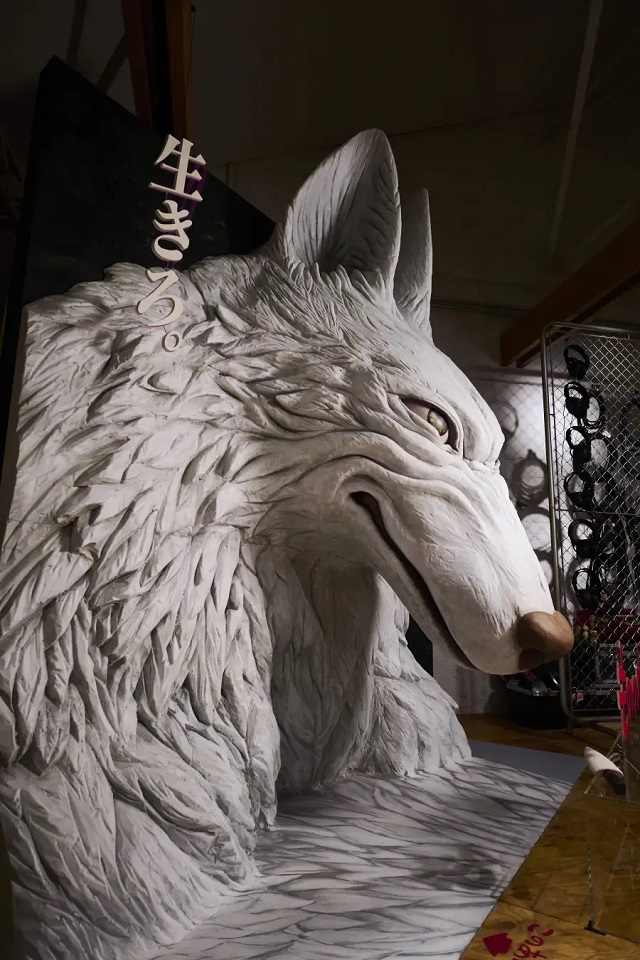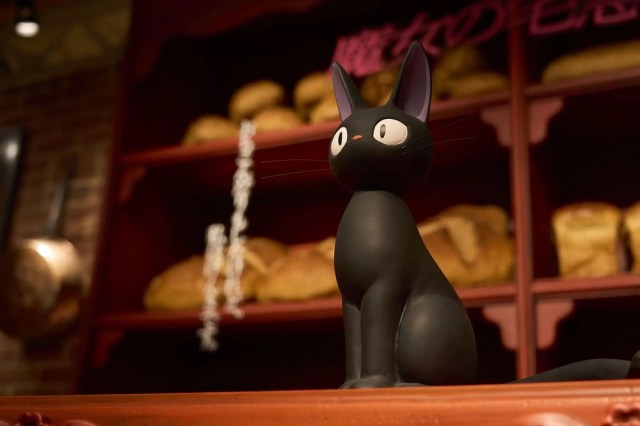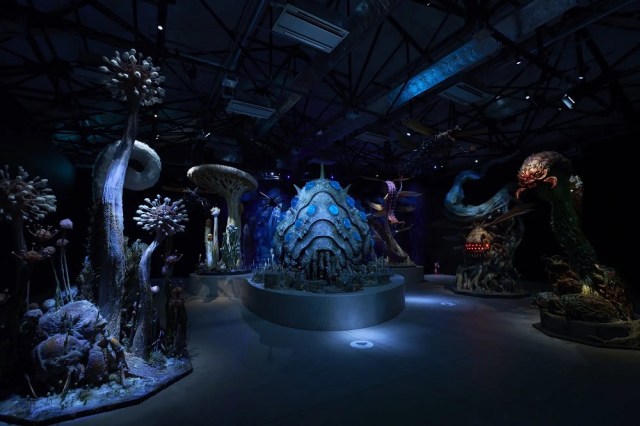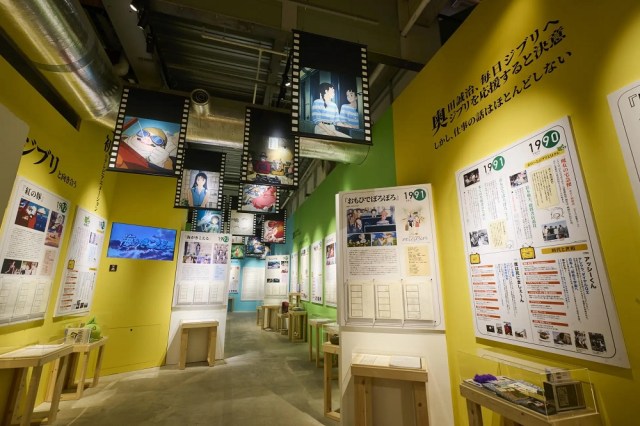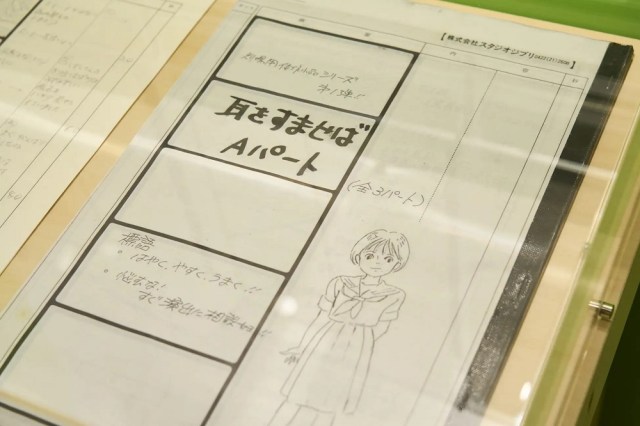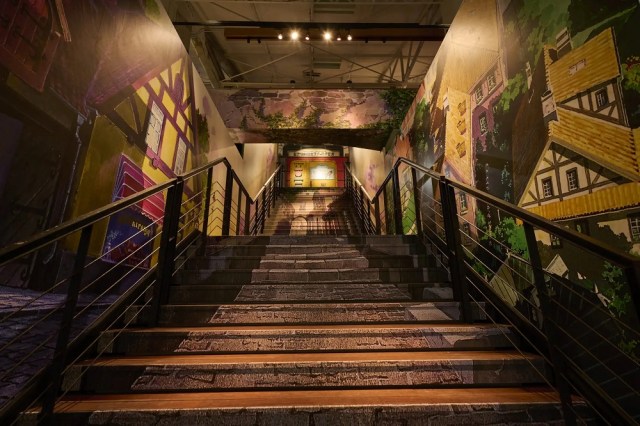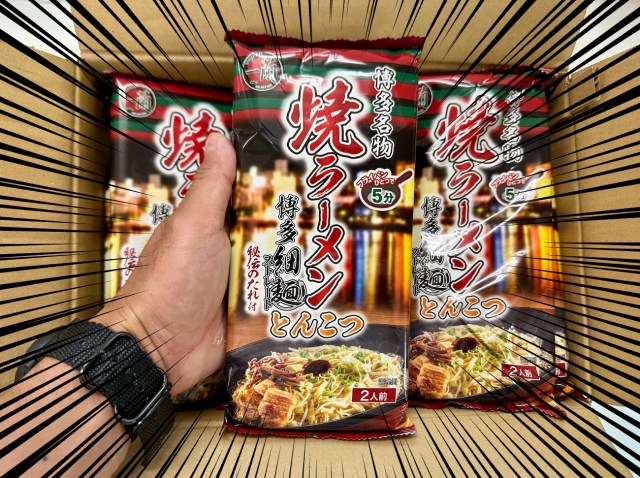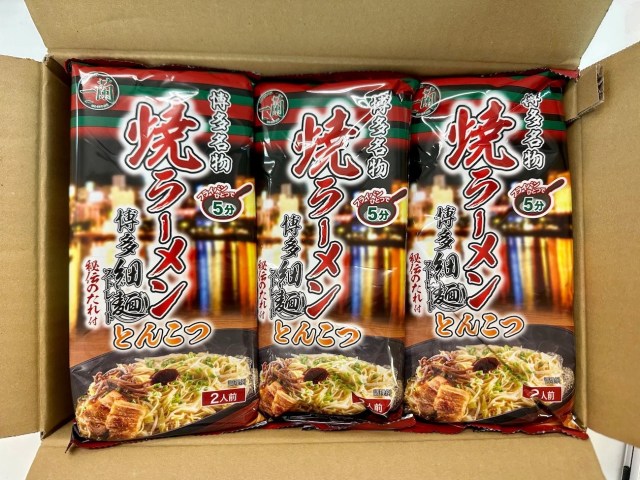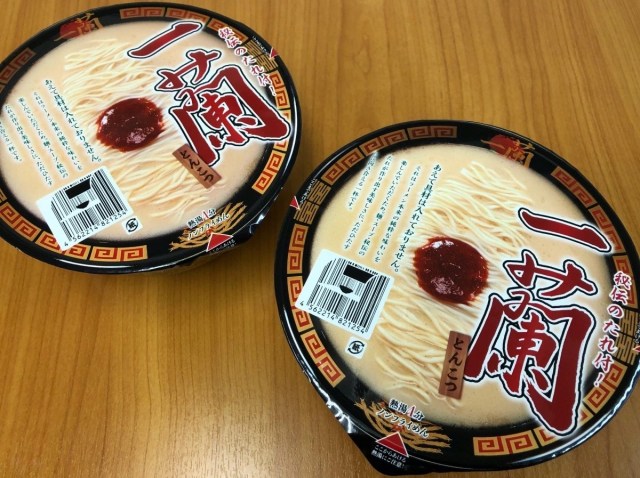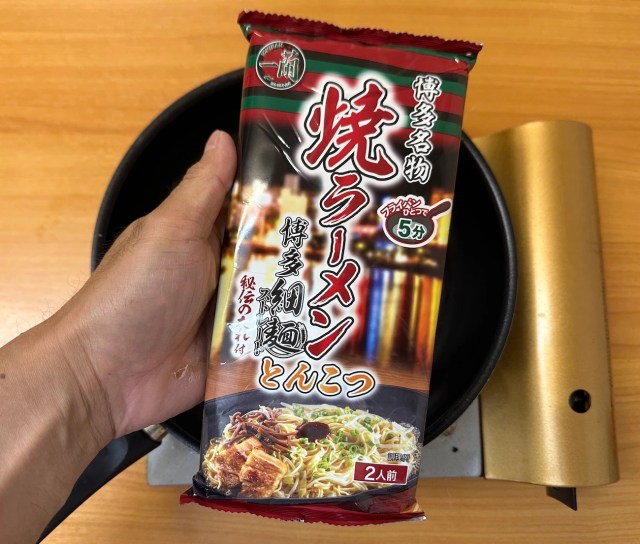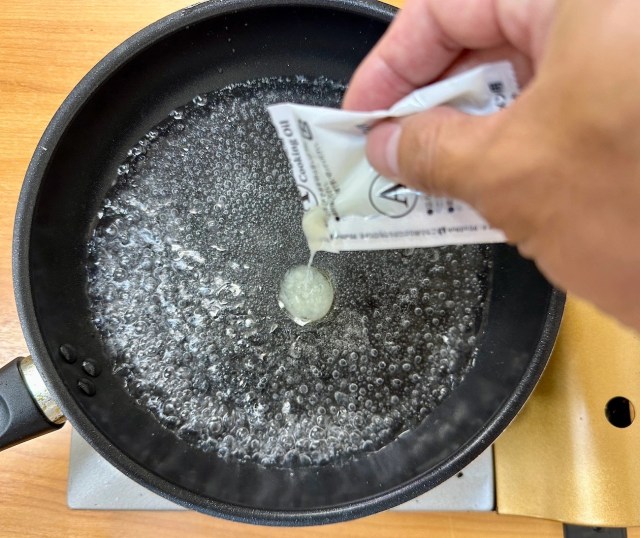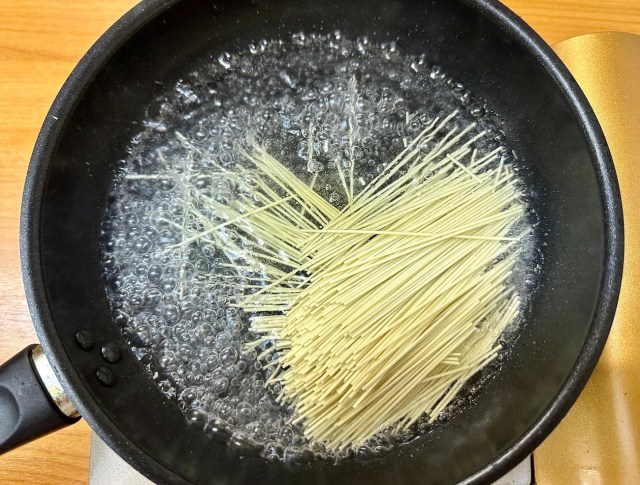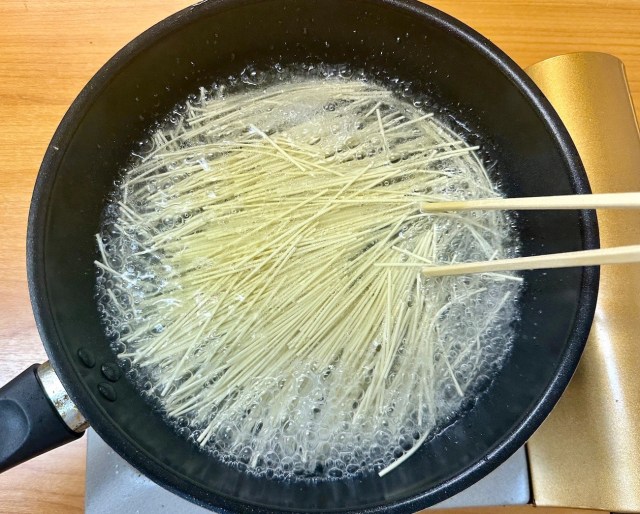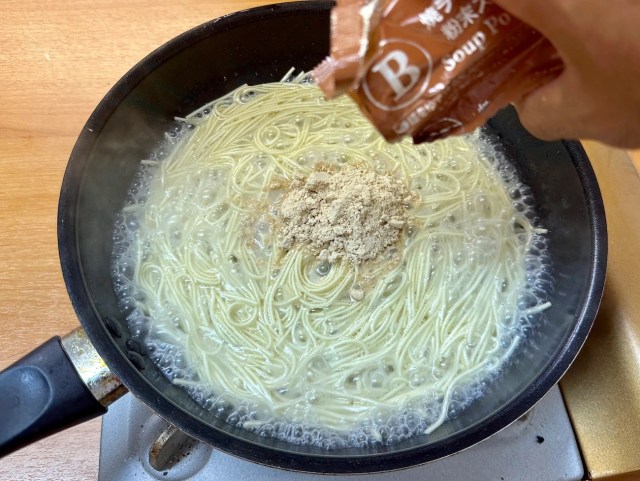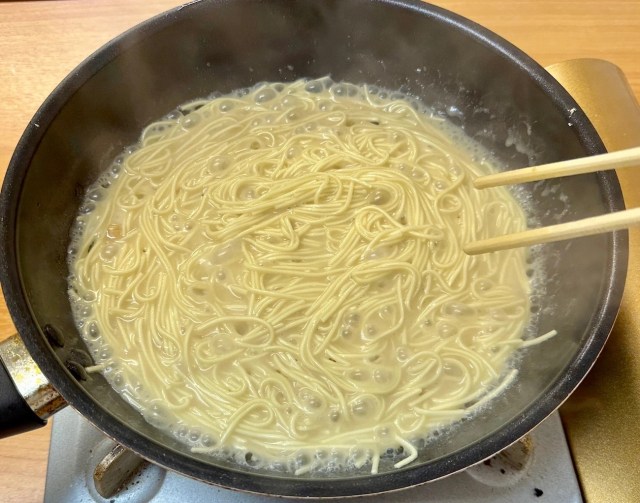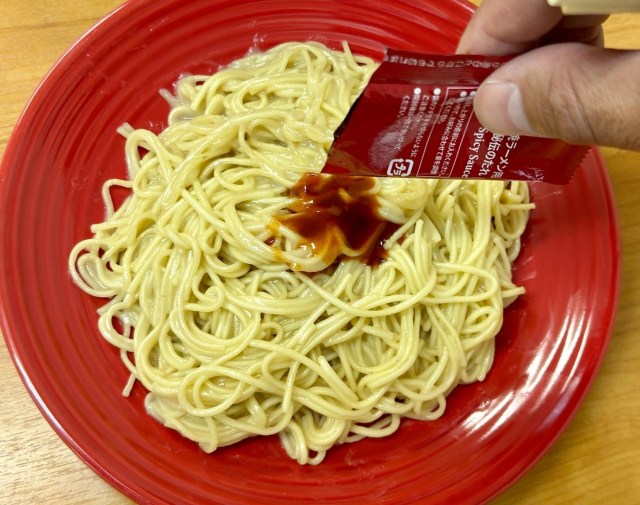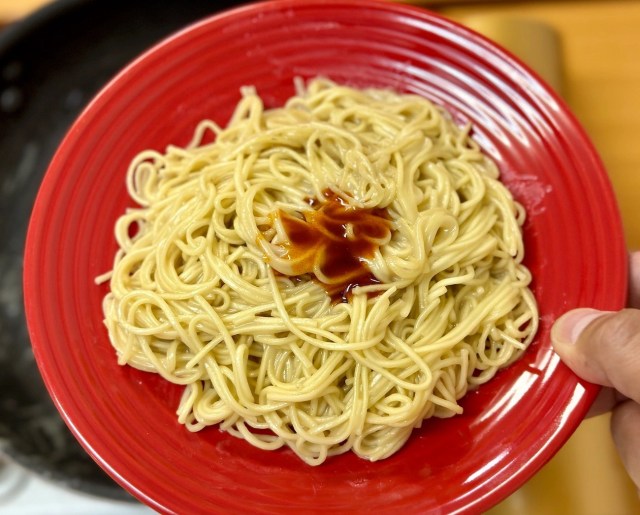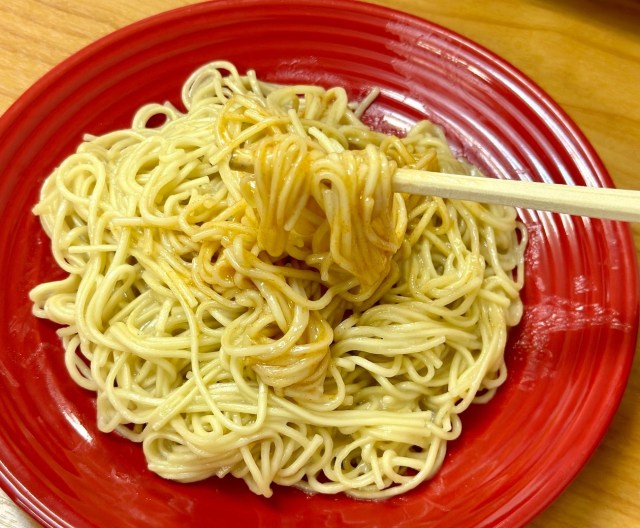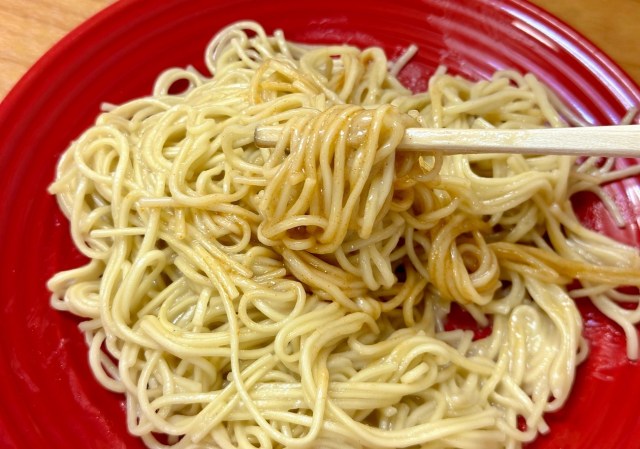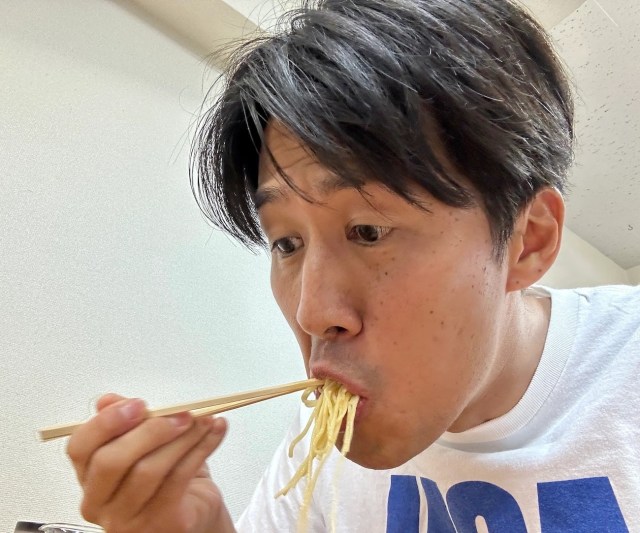
Says AI presents a new opportunity.
About a month ago, Japanese magazine publisher Shueisha released a photo collection for a newly debuting swimsuit and lingerie model named Ai Satsuki, whose name had a double meaning to it: “Ai” is a common women’s name in Japan that means “love,” but it’s spelled just like “AI,” and Ai Satsuki herself was a series of digital images created by an artificial intelligence program.
Now there’s another gravure model named Ai, Ai Uehara, who’s also released a new photo album. As with Ai Satsuki’s album, all of the images in Ai Uehara’s new album, titled Saisei (or alternatively Rebirth) are AI-generated images, but what’s different is that Ai Uehara is a real person.
▼ Ai Uehara (real person)
身体の肌もちもちスベスベって
— 上原亜衣 (@ai_uehara_ex) June 24, 2023
よく腕触られるんだけど
毎日してることは
お風呂上がり全身パーフェクトワンジェル塗って
お米ちゃんと食べて、魚とかオリーブオイル系の油ちゃんと取るようにして
日焼け止め塗って
パサパサにならないよう心がけてる… pic.twitter.com/Cc40wUDnCq
The 30-year-old Uehara entered the entertainment world as an adult film actress in 2011, eventually transitioning to sexy but non-pornographic modeling. While still active as a model, for Saisei a team of collaborators, collectively dubbed AI VERSE, used existing photos of Uehara as the basis for producing AI-generated images of her, with the best 50 or so bundled together for the digital video album.
▼ The cover of Saisei
私のファーストAI写真集「上原亜衣「再生」AI Uehara ‘Rebirth’」をKindleの電子書籍として出版しました
— 上原亜衣 (@ai_uehara_ex) June 27, 2023
本作は @AI__VERSE と @ai_punchjp と一緒に制作しました!
とても素敵な作品なので、私のファンの方はもちろん、AIに興味がある方全員にぜひ見てもらいたいですhttps://t.co/nPIVdo1RIU
Three days after its release, Saisei reached the number-one-best-seller position in Amazon Japan’s Kindle rankings for the photo collection/design/art collection category.
▼ ベストセラー1位 = Number-one bestseller
上原亜衣ファーストAI写真集「再生」が、Amazon Kindleの写真集、デザイン、絵画の3部門で1位になりました
— 上原亜衣 (@ai_uehara_ex) June 30, 2023
AmazonのKindle Unlimited → https://t.co/dyFp3vVKXN に登録すると、私の写真集だけでなく対象電子書籍が無料で読み放題です♪ pic.twitter.com/uvY5b3OtDb
By using photos of Uehara to create AI images of her, the Saisei production team appears to be trying to sidestep a potential legal pitfall of commercializing AI-generated images. With AI programs that cast a wide net in looking for existing visual reference to create new images from, the legal question arises of whether or not the owners of the referenced images have ownership claims to the AI images that stem from them. In the case of Saisei, though, images of Uehara being both the input and output of the process could, ostensibly eliminate such complications and allow the image collection to avoid the fate that befell Ai Satsuki’s album/existence.
In talking about Saisei’s release, Uehara acknowledges that she’s heard people saying that AI presents a threat to the jobs of people like her, but that she disagrees, saying “I think this technology is going to give us a boost.”
Saisei is available through Amazon Japan here, priced at 699 yen (US$5.15).
Source: Nikkan Spa via Hachima Kiko
Top image: Amazon Japan
● Want to hear about SoraNews24’s latest articles as soon as they’re published? Follow us on Facebook and Twitter!


